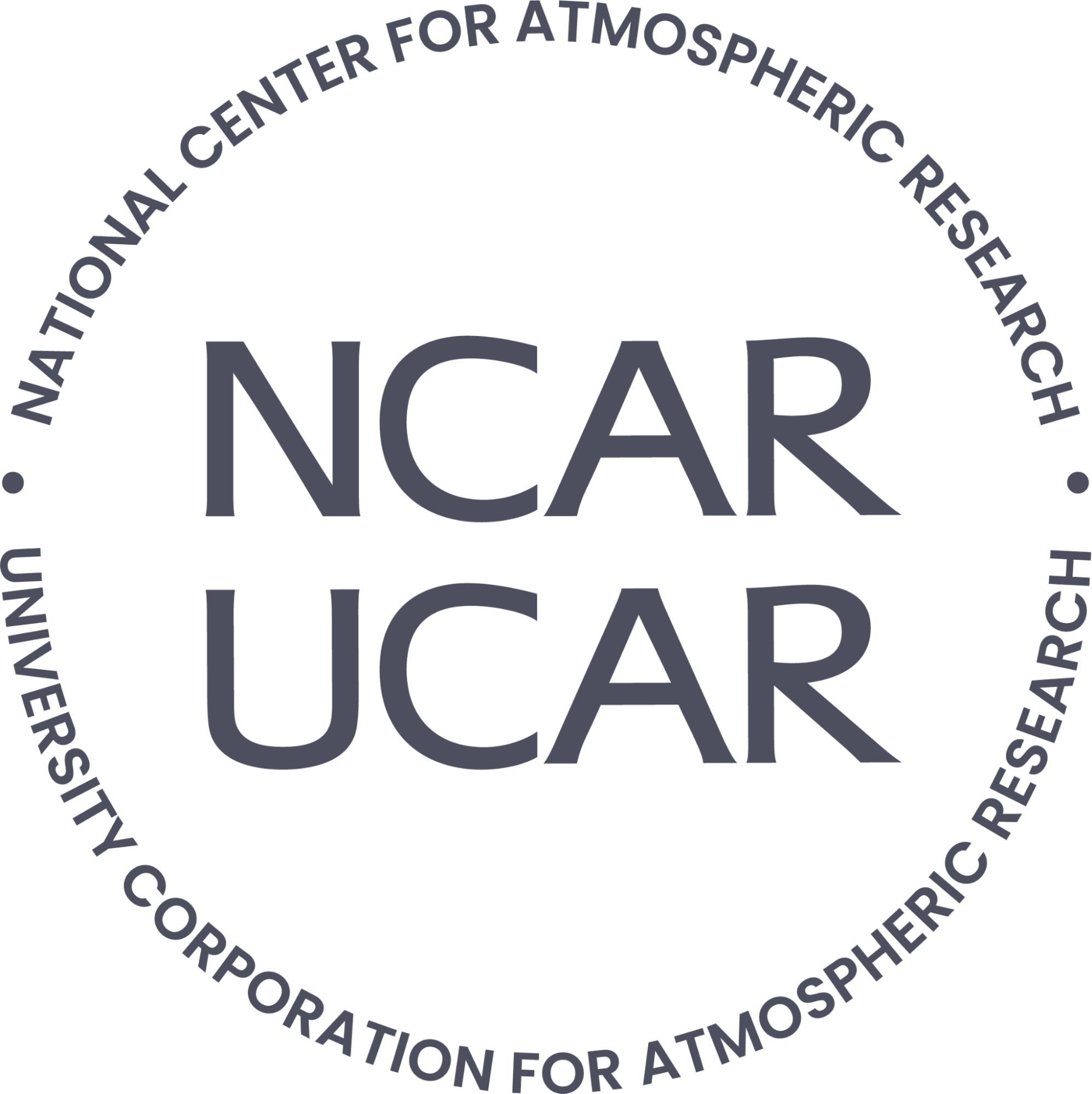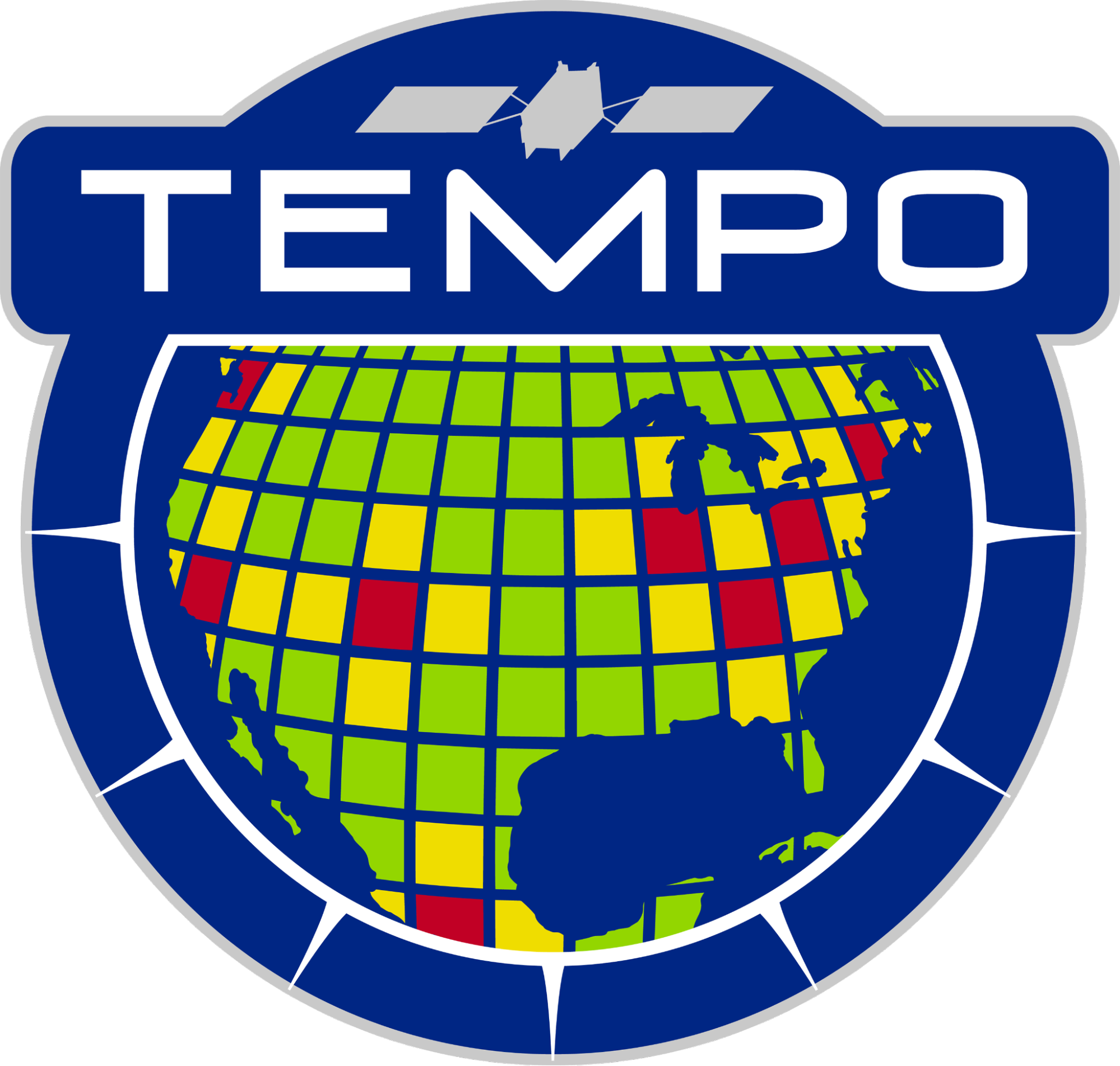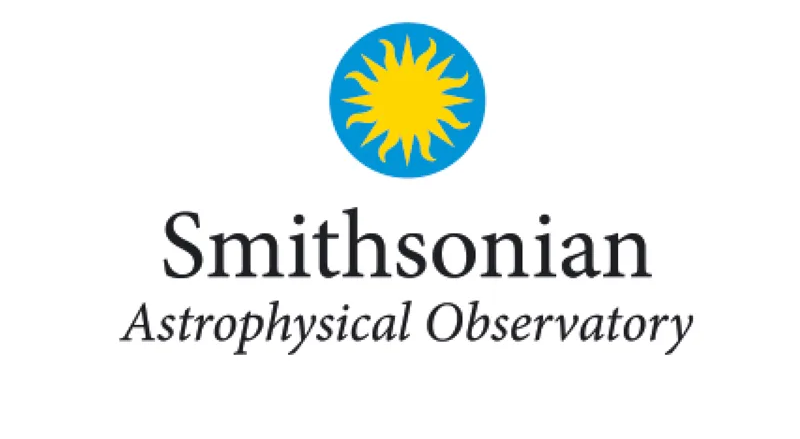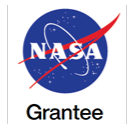Exhibits
All are welcome to EXPLORE our SDDC Exhibit Hall!
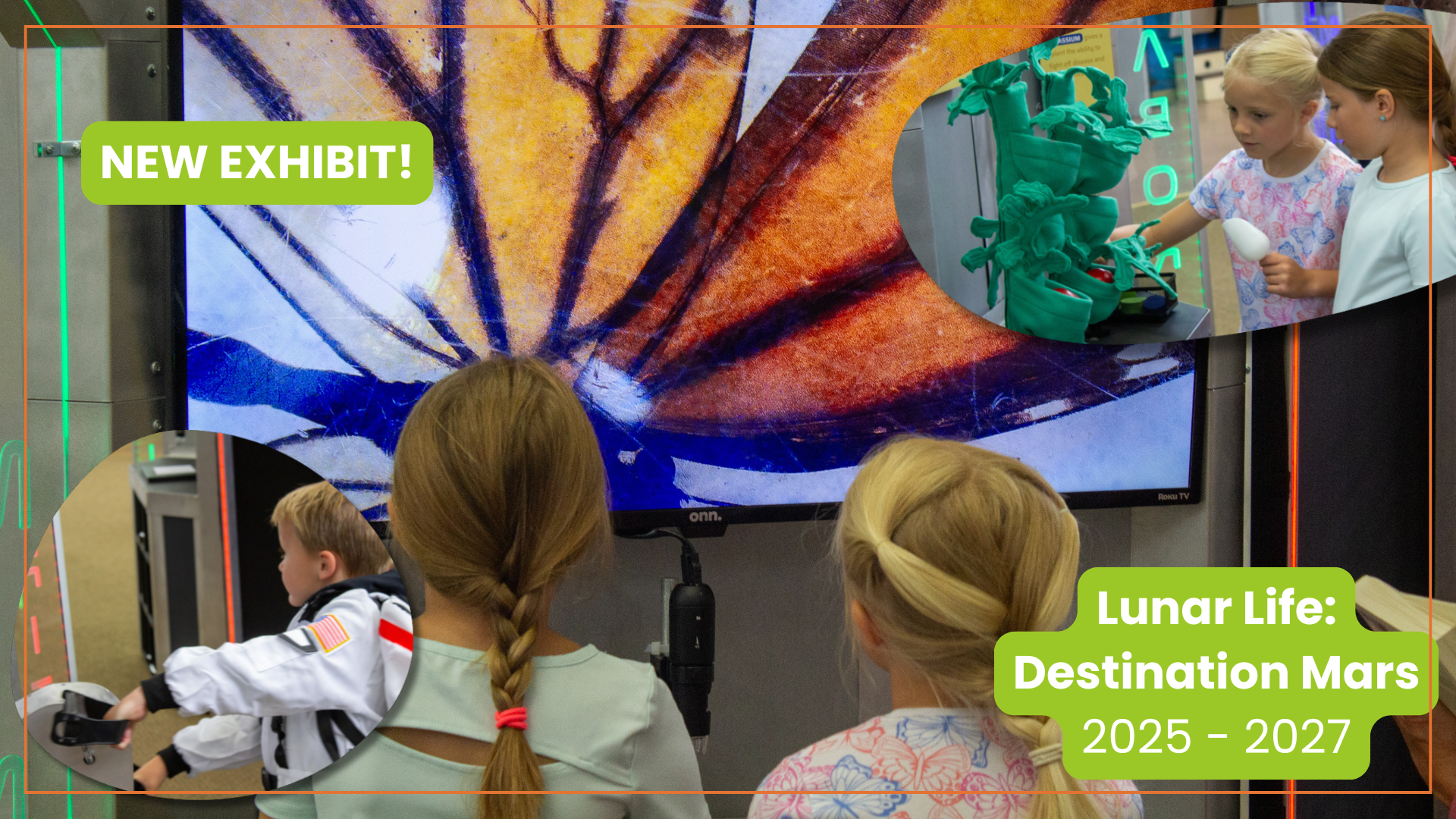
We are dedicated to providing hands-on science opportunities that EDUCATE and EMPOWER your STEM identity.
Build your curiosity, have fun, and don’t hesitate to let us know how we can help you make big discoveries!
Share your Experience!
Please fill out our SDDC Exhibit Hall Survey.
Tag us on Facebook, Instagram, Twitter, TikTok, and use the hashtag #SDDCexplorer. You can also send your best photos to info@sd-discovery.org for us to use in promotion of our Exhibit Hall!
SDDC Exhibit Hall
Check out what’s at the SDDC, learn more about our exhibits, and find ways to engage your group! Click one of the buttons below to view that exhibit:
Float, grow a hand, or crawl up the side of the Anti-Gravity Mirror! Using your friends and family as audience members, you can defy gravity in front of their very eyes. Come find out how today!
This exhibit was built by the Pierre PTA Units and ISG volunteers built stabilizers for the base
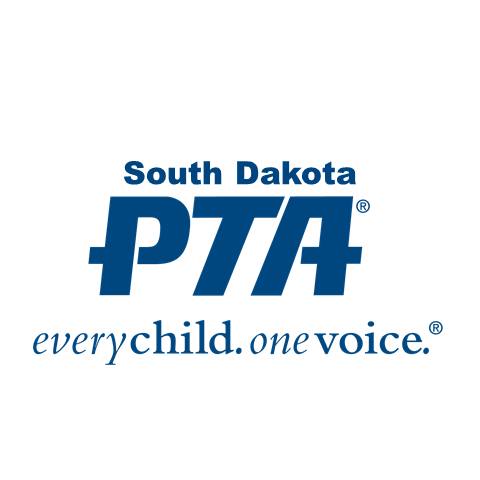

Which is faster: a track that goes in a straight line or a wavy track? Test your knowledge at the Ball Race by lining up two balls side by side and 3, 2, 1.. GO! Learn about physics, acceleration, and gravity!
This exhibit was built by Dan Elwood, Steve Kirsch, Dave Padgett, Dick Peifer, and Milt Schwartz.
Assemble your chosen arthropod and take a pop quiz to see how much you know! Three people may Build-A-Bug at a time, and please be sure to take apart your bug for the next explorer.
Discovery Town is an SDDC in-house design of community, science, play, and learning. The town was founded on June 18th, 2015.
Discover Mail Depot
Established on February 4th, 2024, the Discover Mail Depot is open for business! Visitors who choose to be postal workers can weigh packages of varying sizes and weight, deliver mail along the postal route, and send a real postcard (one per person, per visit)! By completing tasks at the Discover Mail Depot, you are strengthening your skills socially, in math, and reading!
This exhibit was made possible through support from the South Dakota Community Foundation and Youth Philanthropy Fund.
Paws + Claws Veterinary Clinic
What is your favorite pet? A dog, cat, or bunny? What if you could care for them all? You can do that and more at the Paws + Claws Veterinary Clinic!
Rainbow Cafe
Growing Up Garden Center
Aahh, the smell of seasonal flowers! You can arrange them in beautiful bouquets for customers, find plants from all around the world, and follow the Life Cycle of a Seed in the Growing Up Garden Center.
At Design Your Yard, become the plant engineer you always knew you could be! Whether it be your dream yard or a commission from a customer, you can create so many different looks within one space!
Located just beside the back doors of our Outdoor Garden, Companion Planting shows you what plants go in the ground.
Gardens aren’t just indoors! Follow our signs to see what’s growing in the Backyard Garden!
Grandma Kay's Wee Care
In memorial of Kay Parker, Grandma Kay’s Wee Care allows visitors to explore pediatric care and nursery skills. Become a doctor by checking youth in for appointments, giving them baths, checking their vitals, and listening to patients!
Become an Energy Expert! Push the tiles onto the board to create a path from top to bottom. Your goal is to let a ball roll for as long as possible.
What if you were inside a kaleidoscope? You’d be reflected again, and again, and again. Inside the Human Kaleidoscope Mirror, how many reflections can you count?
This exhibit was made possible through support from Pierre-Ft. Pierre Zonta Club.
Arthur’s Pet Business
Visitors read the tiles and place them on an appropriate square on the calendar in order to help Arthur plan his month. Some of the tasks belong on specific days, others are not date related.
The Doorbell Rang
Visitors experience one-to-one correspondence–one chip per hole–as they play giant chips into giant cookies. Many visitors will count aloud as they put the chips into the cookies!
The Quilt
Visitors make their own quilt patterns using patterning cubes.
Frog & Toad are Friends: A Lost Button
Visitors sort, stack, match, create series, and play “What’s My Rule” with a large supply of oversized buttons.
Goldilocks and the Three Bears
Visitors work together to measure heights and compare themselves to the size of other people and The Three Bears.
Lunar Life is a hands-on exhibit designed by the faculty and students of SDSU to engage young children with space exploration. The core concept is simulating a station on the Moon to explore different aspects of life in space: growing food, mining, exercise and basic physical science concepts such as airflows, speed and pressure.
This exhibit was made possible through support from South Dakota State University and South Dakota Space Grant Consortium.
Static vs Gravity
The big beads fall when you spin the disks, but the small beads don’t. That’s because size can affect the way a material behaves.
Build a giant carbon nanotube!
Carbon atoms can combine to form nano-sized structures called carbon nanotubes. How high can you build? Do you see a pattern?
Balance our nano future!
Balance the blocks on the table! Put each one where you think it belongs. Can you create a stable nano world?
Explore the story and importance of water to the environment and the Lakota culture. Native Waters mixes story, science, and society to explain how water cycles, how it changes homes, and how it affects the Lakota people.
Honeycomb Construction
By nesting in the honeycomb, bees can grow from egg to adult! Can you name the stages of a bee’s life cycle in the Honeycomb Construction?
Waggle Dance
Most bees communicate with each other through dancing! Learn the Waggle Dance by following the yellow arrows on the floor. You’re speaking bee!
The Bees’ Knees
Can you correctly label all parts of a honeybee? From A to E, make sure you know The Bees’ Knees!
Ozone Bioindicator Gardens are specially designed to show how ozone pollution damages plants. This garden includes specific cultivars of plants that are “sensitive” to ozone pollution. These species will show visible signs of damage when ozone (O3) is in the atmosphere—like a “canary in a coal mine” for ozone pollution. This garden also includes tolerant varieties of some species for visual comparison. You can collect data for NASA!
Watch the Sand Pendulum closely to discover: What is the pattern that it makes? Notice all of the edges are rounded? Why is that? What designs can you make?
Explore the fascinating life beneath our feet, crawl through the soil like an earthworm, connect with your inner fungus, dress up as a rotifer, or hear the sound of tardigrades fertilizing the soil. Soil is Life and it ensures our life on Earth!
This exhibit was made possible through support from the Natural Resources Conservation Service (NRCS) and the Pierre-Ft. Pierre Rotary Club.
The Sun, Earth, Universe exhibition is an engaging and interactive museum exhibition about Earth and space science for family audiences.
We ask questions about the Sun
Compare images that show the Sun at periods of high activity, called the solar maximum, and periods of low activity, the solar minimum.
We ask questions about the Earth
How is Earth changing? Compare before and after satellite images of Earth to see how human-caused actions impact our home.
We ask questions about the solar system
What is it like on other planets? Use colored blocks to create a topographic map of elevations on Venus to learn how scientists use color to visualize data.
We ask questions about the universe
Are we alone? Spin a tumbler of 10,000 beads, representing all of the stars we can see from Earth to search for the unique one that represents our Sun.
Design>Build>Test engineering activity
Design, build, and test your own spacecraft model that has key tools needed to complete a NASA mission.
Your Mission to Space board game
Put all your space mission-planning knowledge to the test by playing this board game. Will your mission be the first to be completed? What will you discover?
Build a human habitat on Mars
Design and construct their own imaginary habitat for successful living on Mars. Graphic prompts and instructions lead to thoughtful reflection about the elements necessary for humans to establish an outpost on Mars and truly survive and thrive in the environment.
This exhibit was made possible through support from the National Informal STEM Education Network (NISE).
Give your brain a workout! The Stroop Effect is a phenomenon that shows us a lot about the brain’s ability to understand information. Our brains have trouble naming the color of the letters when it’s used to spell the name of a different color!
Climb through the different levels of our Treehouse ecosystem, all the way up to the Eagle’s Nest and back down to the Cookie Tree! Identify weather patterns and normalities, match birdsong to bird, and learn about the relationship between trees and carbon!
Birdy Bonanza
Match birdsong to bird and habitat at the Birdy Bonanza! You can listen to eight different birds and think about how their beak shapes affect eating habits. Do you think you can find these birds in the Pierre-Ft. Pierre area?
Tree Cookie Stories
How old can trees get?! Learn how to count the rings of tree stumps, or tree cookies. Tree Stories aren’t just about age - we encourage you to tell your story about a favorite tree. Decorate your own leaf with your own Tree Story and it might get hung up under the Treehouse bridge!
This exhibit was made possible with support from the Merriam Family.
Eye on the Sky
Did you know that clouds can both warm and cool our planet? Keeping an eye on clouds helps NASA study our climate. Become a Citizen Scientist and record your observations with an Eye on the Sky!
The Forest Carbon Cycle
Follow the winding tubes down the side of the treehouse just like the Forest Carbon Cycle. You can read what carbon does and how it affects the environment as your ball rolls down below! Bring up the basket and try again!
This exhibit was made possible through support from Pierre-Ft. Pierre Rotary Club.
Weather Station #1
These thermometers use two different ways to tell the temperature. One uses Celsius, the other uses Fahrenheit. In Celsius, water boils at 100° and freezes at 0°. In Fahrenheit, water boils at 212° and freezes at 32°. Scientists around the world including in the US use Celsius to measure temperature.
Weather Station #2
This weather station shows us the temperature both inside and outside. The outside temperature is measured using a sensor that sends the temperature to this receiver.
Weather Station #3
This weather station reports temperature. It also reports wind speed and which direction it comes from, recent rainfall and other important weather information like pressure and humidity. This station sends the information to the internet so anyone around the world can view it.
Weather Station #4
Look out the window and up. Do you see clouds? Before there were thermometers, sensors or weather on the internet people used clouds to tell them about the weather. NASA still uses clouds to learn about weather. You can help NASA understand clouds by downloading the GLOBE Observer Cloud app.
The South Dakota Discovery Center celebrated its 35th birthday on June 10th, 2024! As we reminisce, we look at how the next 35 years might change the SDDC and your community. What Will You Build? uses big blocks and open play to inspire imagination, engineering, and community design to engage youth to explore what their community may benefit from and think about what they personally would like to see.
Share stories from across our main floor! Our Whisper Dishes demonstrate to us how sound can bounce off of things around us and even travel behind us instead of from the front.
The Winter Count (student artists Aske Whitebird and Deanna Prue with instructor Becky Schenk) and Lakota Medicine Wheel are displayed on the front face of the dish. Learn about the Lakota traditions of storytelling!
This exhibit was made possible with support from US WEST.
The South Dakota Discovery Center (SDDC) is dedicated to empowering all Peoples of the Great Plains through hands-on experiences that inspire scientific thinking, to create a society of curious, scientifically literate, and engaged problem solvers.
Have a question? Contact us: (605) 224-8295 | info@sd-discovery.org
Summer Hours (May 1-Aug 31): Mon.-Sat. 10am-5pm | Sun. 1pm-5pm
Winter Hours (Sep 1-Apr 30): Tues.-Sun. 1pm-5pm | Sat. 10am-5pm
Admission: $8 per person (check out our discounts and FREE Exhibit Hall Days)

